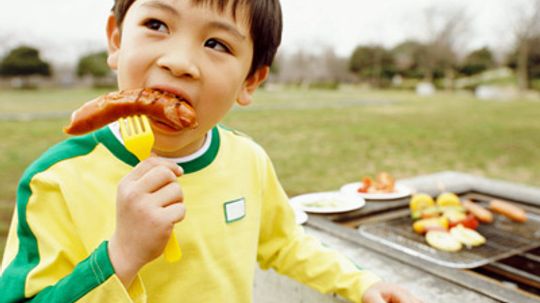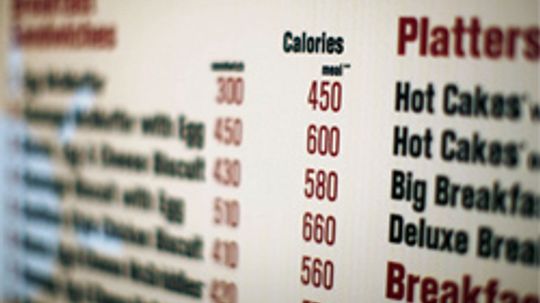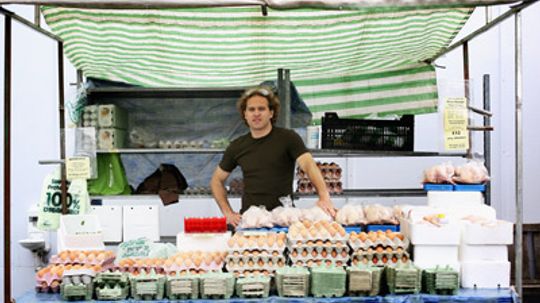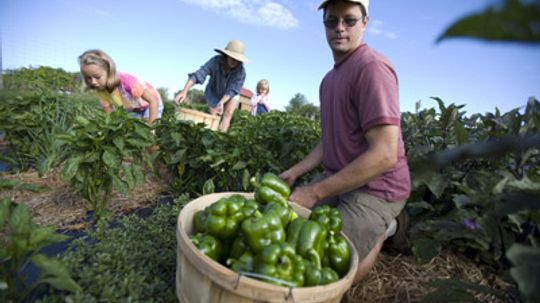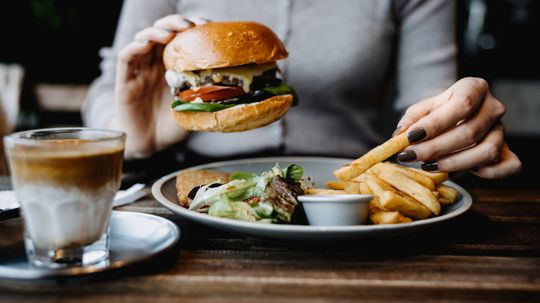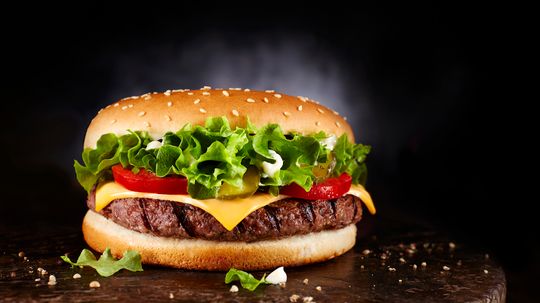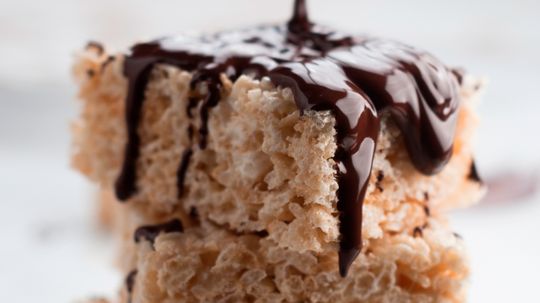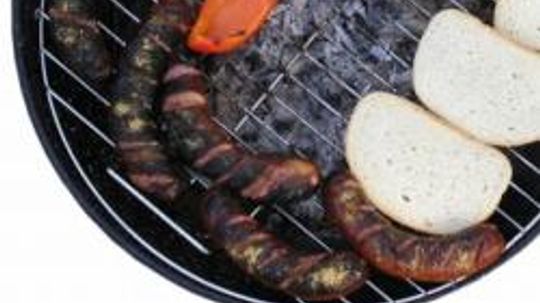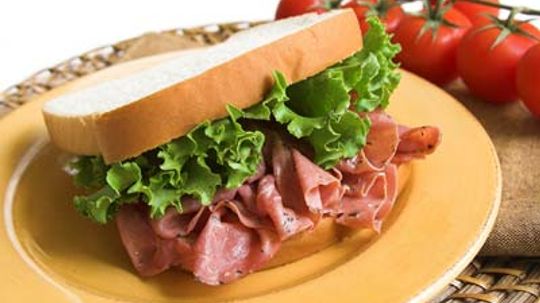Food Processing Facts
Food Processing deals with how some of the most common foods are put together and manufactured. Learn how hot dogs are made (if you dare) and what exactly is a Rice Krispy.
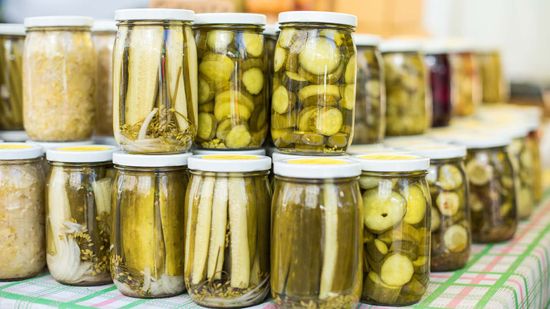
What's the Dill? The History of the Pickle
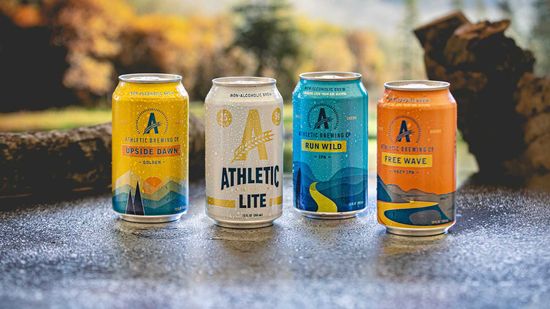
How Do Today's Brewers Make Non-alcoholic Beer?

You Don't Want to Know How Maraschino Cherries Are Made
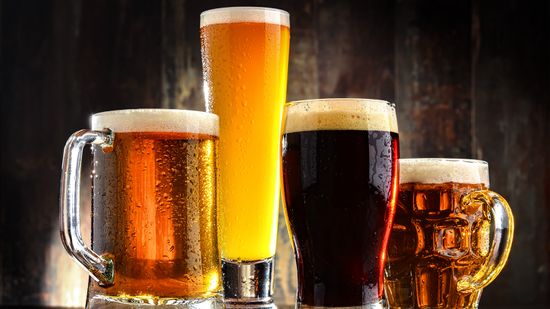
What's the Best-selling Beer in the World? Not Budweiser

5 Types of Tequila: Which to Sip and Which to Shoot
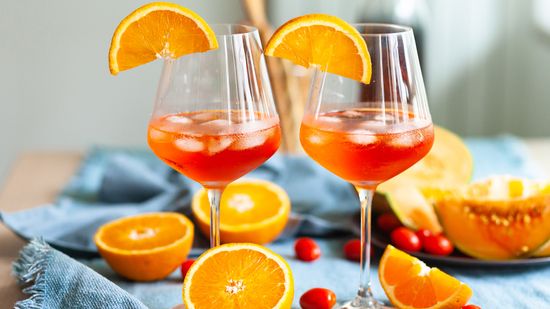
Campari vs. Aperol Cocktails and Flavor Profiles
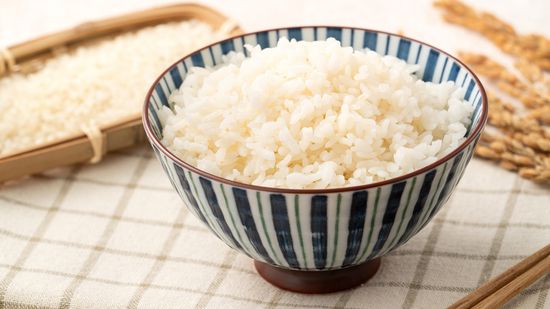
12 Types of Rice to Pair With Any Meal
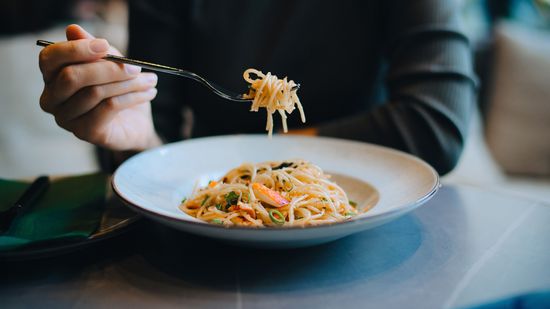
14 Types of Noodles Coming to a Dinner Table Near You
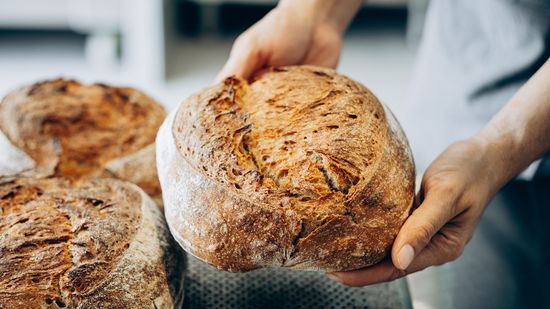
13 Types of Bread: Challah, Sourdough, Rye and More
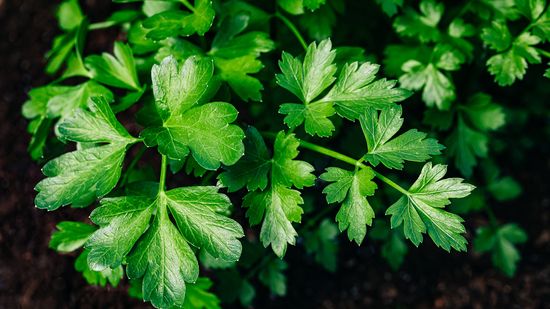
Parsley vs. Cilantro: Same Family, Totally Different Flavor Profile
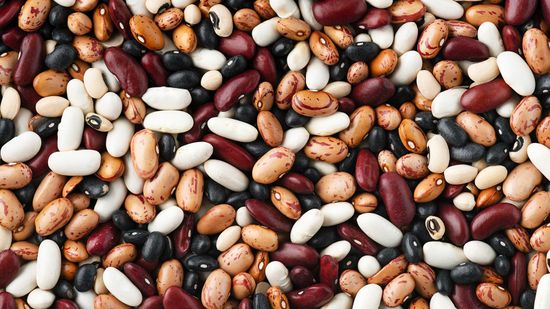
14 Types of Beans: Garbanzo, Adzuki, Cannellini and More

Is Tomato Catsup the Same as Tomato Ketchup?
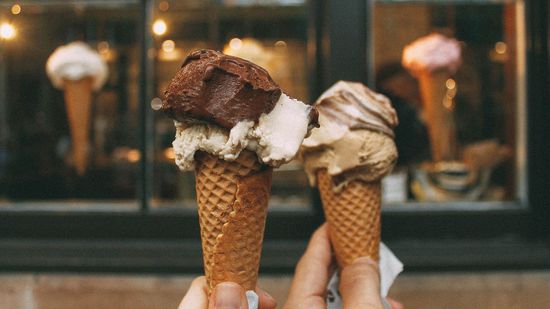
Get the Scoop on Our Ice Cream Quiz!
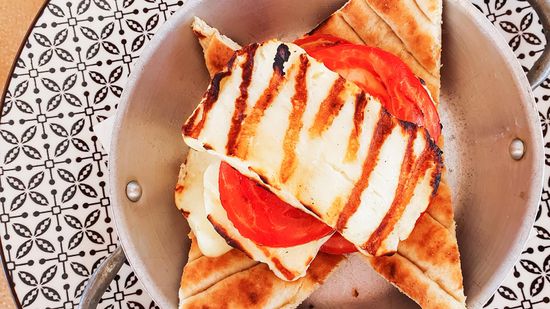
What Is Halloumi Cheese, and Why Is It Suddenly So Popular?

What's the Difference Between Clarified Butter and Ghee?
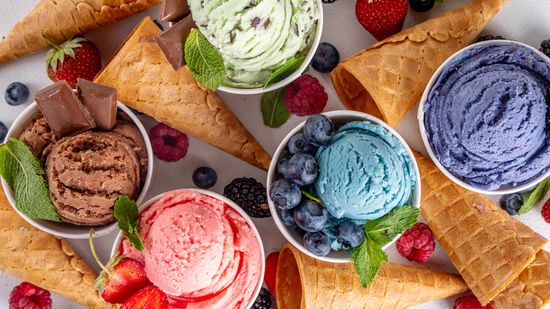
9 Unconventional and Weird Ice Cream Flavors We'd Love to Try

6 Types of Candy for Every Sweet Tooth

11 Types of Cookies for Your Next Snack Attack
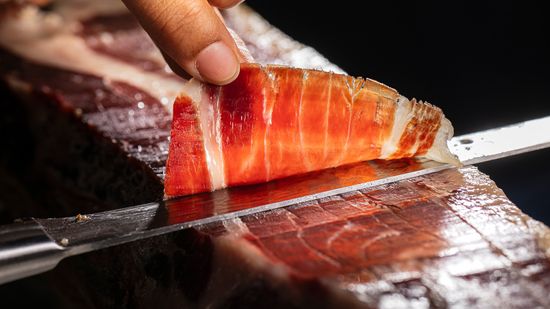
Is the Most Expensive Meat Kobe Beef, Wagyu, or Iberico Ham?

8 Food Festivals Where You Can Fill Up on a Good Time
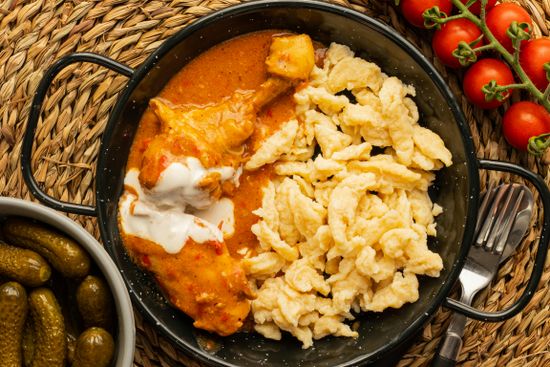
Discovering the Vibrant Flavors of Hungarian Cuisine: A Culinary Journey

How Food Tasters Work

Top 5 Reasons You Know You Should be a Pastry Chef

How to Get Your Big Break into the Baking Business

What Is a Group of Bananas Called? A Bunch Isn't What You Think
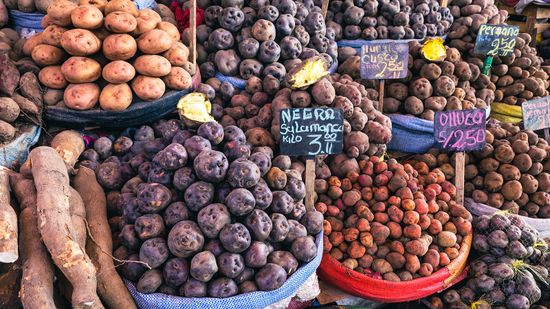
Where Do Potatoes Originate From? Not Ireland
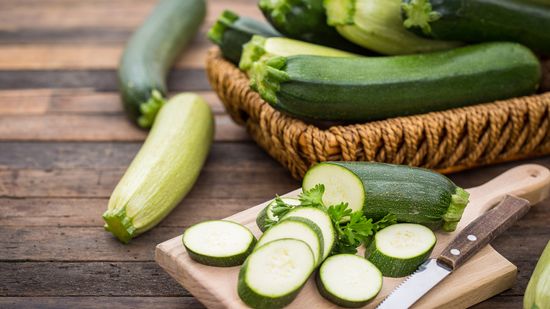
Zucchini vs. Cucumber Vitamins, Water Content, and Uses
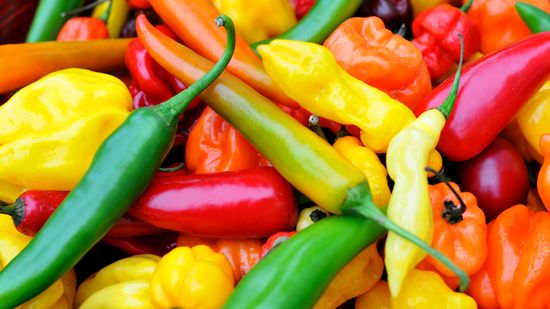
7 of the Hottest Peppers in the World
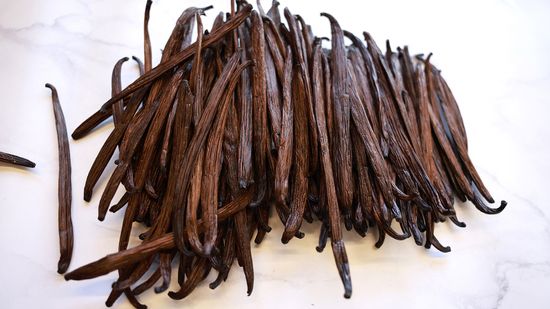
Where Does Vanilla Flavoring Come From?

Lemongrass Is a Prized Herb in Asian Cuisine
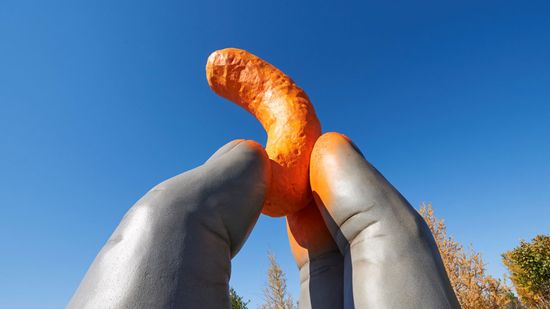
10 Flaming-hot Facts About Cheetos
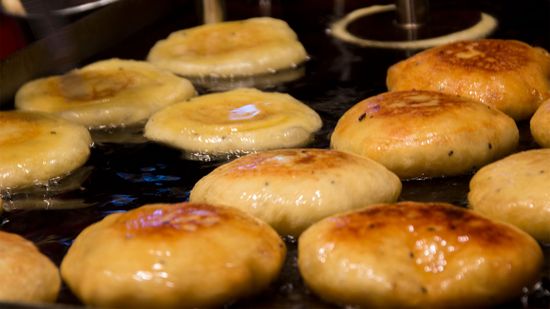
Korean Street Treat Hotteok Is Like a Warm Hug

Is There Really a Difference Between the Left and Right Twix?
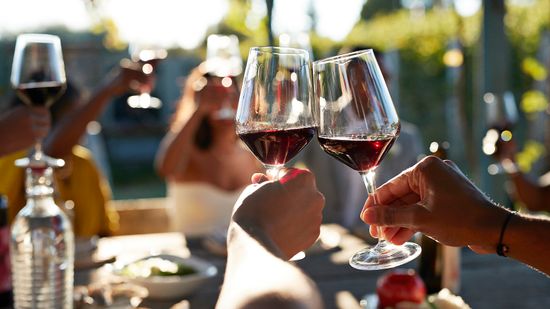
10 Types of Wine and What to Pair Them With
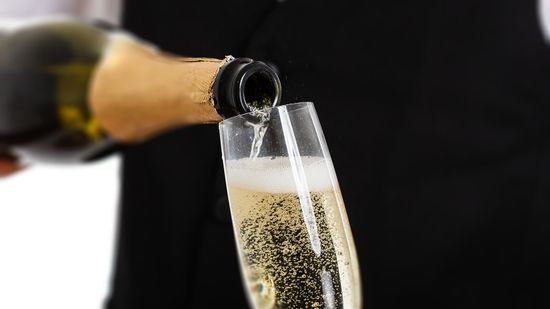
What's the Difference Between Champagne and Sparkling Wine?

What's the Difference Between Port and Sherry?
Learn More / Page 2
Even if you can't tell the difference between a potato peeler and a paring knife, chances are there's some type of canned food in your kitchen pantry. And having a good mix can be beneficial to you.
By Sara Elliott
We may take canned food for granted. Certainly, there's nothing simpler than popping open a can of chicken soup and nuking it in the microwave for dinner. But we owe this dinnertime solution to French chef Nicolas Appert.
If you're a smart grocery shopper, you can hit the market once a week for perishables and stock up just a few times annually for canned and boxed goods. These perennial items have long shelf lives, but will one last longer?
Advertisement
You can't judge a book by its cover, but can you judge a brand of pasta by the box it comes in? Food packaging makes an environmental, marketing and nutritional impact. What are the basics of the jugs, bags and boxes?
The food industry has become all about creating an abundant supply of food for less money, and this is where fillers come in. But what are they, and why are they in your food?
Even before Louis Pasteur made his breakthrough with pasteurization way back in 1862, science has had a close relationship with food. And that relationship continues to this day with modern food science.
Potatoes? Beef? Salt? Isn't that what comprises the sack of fast food you just paid for? Sort of, along with xanthan gum, caramel color and some other stuff you probably won't find in your kitchen.
Advertisement
Congratulations! Your baby is ready to start eating solid foods. Now what? You could buy jars of baby food off the grocery store shelf to meet this need, but making homemade baby food is almost as easy as boiling water.
When farmers go to market, they cut out the middleman and bring fresher products to the consumer. So how do farmers' markets run, and where can you find one?
Organic foods and other products are popping up everywhere. USDA organic seals make them fairly easy to spot. But what's behind the label? How do products become certified organic?
Many people believe buying organic or local food helps the environment. But which purchase is more environmentally sound? Is it better to buy pesticide-free food from exotic spots or local food from non-organic farms?
Advertisement
Olive oil is one of the most versatile ingredients you'll find at the grocery store. Knowing how it gets from the tree to your table will help you understand how to get the most out of it.
By Gayle A. Alleman
Vinegar is a must-have ingredient for vinaigrettes, marinades, food preservation, or any recipe that needs a little extra kick. You'll be astounded at all the things this seemingly simple condiment can do.
By Gayle A. Alleman
Olestra is a synthetic fat used in certain food products. Find out what it's made of and whether it's safe for you.
Why is it called a "hamburger" when there is no ham in it? Find out the answer to this meat mystery here.
Advertisement
When a food is labeled as Kosher, it means that the food has been prepared in accordance with the rules of food preparation set forth in the old testament of the Bible and formalized in Jewish law.
Ever wanted to know what a Rice Krispy is? Read this article to find out what Rice Krispy is made out of and how they make them.
When I buy milk at the store, the label says "homogenized pasteurized milk." What are homogenization and pasteurization?
Sodium nitrate (NaNO3) and its close relative sodium nitrite (NaNO2) are preservatives that you find in lots of processed meats. Learn why they add these preservatives to food.
Advertisement
You've been eating pastrami since you were a kid, but you've never really known what it is. Well take a bite out of this article and finally learn the answer to one of your deepest concerns.
I'm a health nut, and I notice that most foods I eat have normal-sounding ingredients except one -- this carton of soy milk I am looking at has water, soy beans, sugar, salt, vanilla and then this stuff called "carrageenan." What is carrageenan?




